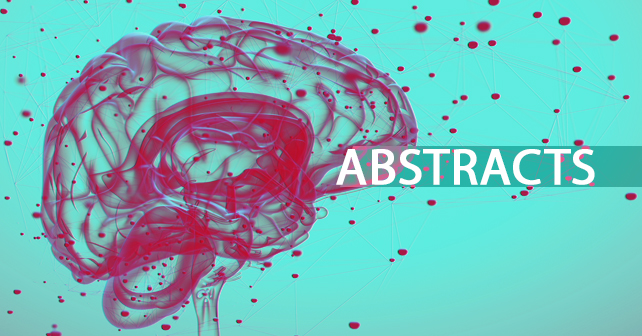Most children with SARS-CoV-2 infection have relatively mild clinical symptoms without fever or pneumonia, although severe cases with multiple-organ failure have been reported. Neurological symptoms, which have been mainly reported in adults, are very rare in children.
Neurologic Care of COVID-19 in Children
Susana Boronat 1Affiliations expand
- PMID: 33679571
- PMCID: PMC7935545
- DOI: 10.3389/fneur.2020.613832
Free PMC article
Abstract
Most children with SARS-CoV-2 infection have relatively mild clinical symptoms without fever or pneumonia, although severe cases with multiple-organ failure have been reported. Neurological symptoms, which have been mainly reported in adults, are very rare in children. This article will review 2 different aspects of neurological involvement related to this infection in children. In the first part, we will review the neurological abnormalities reported in children caused by this viral infection. Adults frequently report muscle pain, headache, anosmia, dysgeusia, and occasionally more severe central or peripheral nervous system damage. Neurological involvement seems infrequent in children, although some cases have been reported. In the second part, we will discuss the COVID-19 pandemic impact on the healthcare system of some countries, causing collateral damage to general pediatric care and in particular to those children affected with chronic diseases, mainly neurological conditions, including autism, intellectual disability, attention deficit and hyperactivity disorder (ADHD), neuromuscular disorders, cerebral palsy, and epilepsy, and patients needing neurosurgical procedures.
Keywords: SARS-CoV-2; behavior; child abuse; epilepsy; neurocognitive; seizures; stress.
Conflict of interest statement
The author declares that the research was conducted in the absence of any commercial or financial relationships that could be construed as a potential conflict of interest.
Similar articles
- The neurology of COVID-19 revisited: A proposal from the Environmental Neurology Specialty Group of the World Federation of Neurology to implement international neurological registries.Román GC, Spencer PS, Reis J, Buguet A, Faris MEA, Katrak SM, Láinez M, Medina MT, Meshram C, Mizusawa H, Öztürk S, Wasay M; WFN Environmental Neurology Specialty Group.J Neurol Sci. 2020 Jul 15;414:116884. doi: 10.1016/j.jns.2020.116884. Epub 2020 May 7.PMID: 32464367 Free PMC article. Review.
- [Neurological aspects of the COVID-19 pandemic caused by the SARS-CoV-2 coronavirus].Bereczki D, Stang R, Böjti P, Kovács T.Ideggyogy Sz. 2020 May 30;73(05-06):171-175. doi: 10.18071/isz.73.0171.PMID: 32579306 Review. Hungarian.
- SARS-CoV-2 infection of the nervous system: A review of the literature on neurological involvement in novel coronavirus disease-(COVID-19).Payus AO, Liew Sat Lin C, Mohd Noh M, Jeffree MS, Ali RA.Bosn J Basic Med Sci. 2020 Aug 3;20(3):283-292. doi: 10.17305/bjbms.2020.4860.PMID: 32530389 Free PMC article. Review.
- Environmental Issues and Neurological Manifestations Associated with COVID-19 Pandemic: New Aspects of the Disease?Bellocchio L, Bordea IR, Ballini A, Lorusso F, Hazballa D, Isacco CG, Malcangi G, Inchingolo AD, Dipalma G, Inchingolo F, Piscitelli P, Logroscino G, Miani A.Int J Environ Res Public Health. 2020 Nov 1;17(21):8049. doi: 10.3390/ijerph17218049.PMID: 33139595 Free PMC article. Review.
- Spectrum of Neurological Manifestations in Covid-19: A Review.Garg RK.Neurol India. 2020 May-Jun;68(3):560-572. doi: 10.4103/0028-3886.289000.PMID: 32643664 Review.


